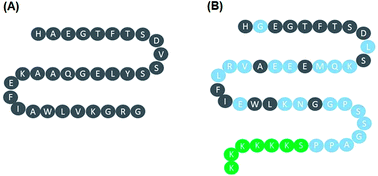Acute myocardial infarction (AMI) is a complication of atherosclerosis that takes place in coronary arteries. Cardiac endothelial cells play a significant role in the pathogenesis of AMI. Oxygen-glucose deprivation/reperfusion (OGD/R) is widely used as a model to simulate AMI in vitro. Recently, antidiabetic GLP-1 receptor agonists have been shown to exert pleiotropic effects that modulate cardiovascular complications. In this study, we investigated the vascular effect of lixisenatide. We show that pre-treatment of endothelial cells with lixisenatide protected them from OGD/R-induced cytotoxicity and improved their viability. Pre-treatment with lixisenatide ameliorated OGD/R-induced ROS accumulation and disturbed endothelial tube formation. At the molecular level, lixisenatide mitigated OGD/R-induced reduced eNOS expression and NO production but further promoted the expression of the anti-oxidant regulators Nrf2 and HO-1. Mechanistically, we confirmed that the PI3K/Akt pathway is essential for mediating the effects of lixisenatide, and blockage of PI3K/Akt using the inhibitor LY294002 abolished the ameliorative effect of lixisenatide on ROS production and impaired tube formation. These data indicate that lixisenatide possesses a beneficial effect on the vasculature in a model of ischemia-induced endothelial injury. We conclude that the GLP-1 receptor agonist lixisenatide has pleiotropic properties that can modulate vascular function independent of its anti-glycemic effect.

